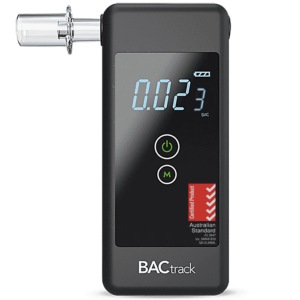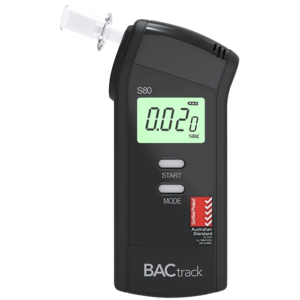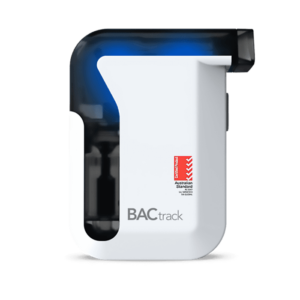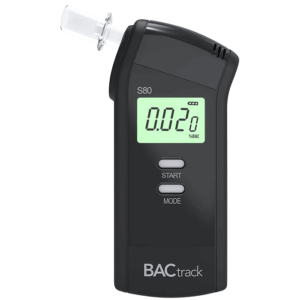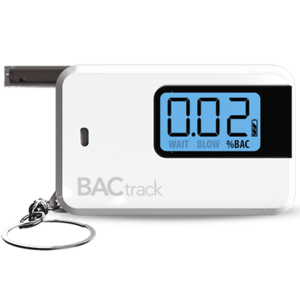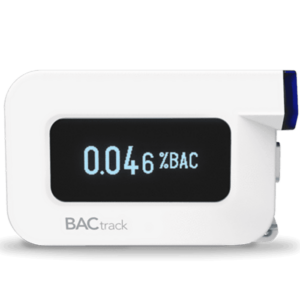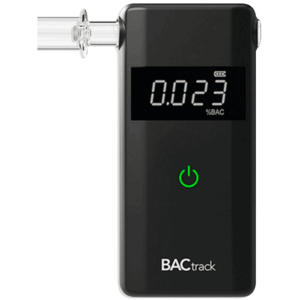Drug and Alcohol Pre Employment Testing: Purpose, Types, and Legality
17 October, 2023

Several organisations conduct drug and alcohol pre-employment testing as part of their hiring process. This test aims to determine if a job applicant has substance abuse issues that may compromise workplace safety. It is mandatory in high-risk industries to help employers make informed decisions. In addition, the common testing methods are urine, hair, and breath tests. These procedures can identify recent or long-term drug use and detect a wide range of illicit substances.
Employee safety and well-being are vital towards a productive environment. However, drug and alcohol abuse challenges many employers. It can lead to accidents, injuries, low productivity, and overall high costs. It can also affect relationships and company reputation. Therefore, one of the practical, proactive measures is conducting drug and alcohol tests, starting from pre-employment. This article will present the significance and purpose of testing job applicants, the test methods used, and the legality of the testing.
Significance and Purpose of Drug and Alcohol Pre-Employment Testing
The primary purpose of drug and alcohol pre-employment testing is to determine if a job applicant has substance abuse issues. The results of this test help employers determine if a person is suitable for the job. This is especially important for safety-sensitive positions that require alertness and coordination skills. It serves to identify applicants who may potentially compromise safe workplace practices.
Drug and alcohol testing is crucial for jobs that involve operating heavy machinery, driving, or handling sensitive equipment or goods. This is because substance use can impair judgment, reasoning, and coordination. As a result, it increases the risk of accidents that can endanger the individual and others around them.
Moreover, pre-employment testing promotes a culture of accountability and responsibility. It communicates to prospective employees that drug and alcohol abuse is not tolerated in the workplace. Therefore, individuals are expected to uphold high standards of professionalism and safety. Overall, it helps employers identify potential issues before hiring an employee and prevent future legal problems.
Benefits of Implementation
- Pre-employment drug and alcohol test deters individuals with abusive behaviour from applying.
- It helps reduce the risk of accidents and injuries, ensuring a safe and drug-free work environment.
- It protects the reputation of the company and boosts employee morale.
- Eliminating substance-related issues is crucial for maintaining a healthy and stable workforce. It also helps increase productivity and efficiency.
- Testing can lower absenteeism and employee turnover rates.
- Identifying substance abuse problems can help save costs from potential hospitalisation expenses, insurance claims, and treatments.
- It demonstrates a commitment to employee safety and well-being and offers peace of mind.
- Testing promotes a culture of professionalism, transparency, and accountability.

Types of Drug and Alcohol Pre-Employment Testing
Drug and alcohol pre-employment testing uses several methods. The most common type is the urine test. A pre-employment urine drug test detects a wide range of substances, including illegal drugs, prescription drugs, and alcohol. It is non-invasive, easy to administer, and relatively inexpensive. Furthermore, it has a wide window of detection, ranging from days to weeks.
Another type is hair testing. This type of testing is highly accurate and can detect drug use up to 90 days prior. It is also more difficult to cheat than a urine test. Individuals cannot avoid drug detection by simply abstaining for a few days. Thus, it can give a comprehensive overview of a person’s substance consumption history.
Moreover, breath tests are used to detect alcohol in the body. It is a convenient method and gives quick results. It uses a workplace breathalyser to measure Blood Alcohol Concentration (BAC). However, it only traces recent alcohol consumption. Lastly, another method that employers may use is oral fluid tests. It is a suitable alternative for urine tests. However, a saliva sample can detect limited amounts at a shorter detection period.
Commonly Detected Substances
Organisations look for commonly abused illicit drugs, including marijuana, cocaine, amphetamines, and opiates. Employers may also request specific drugs, such as barbiturates, synthetic cannabinoids, and other drug classes. These substances impair the central nervous system and potentially damage vital organs. Additionally, it can identify potential misuse of prescription drugs.
Moreover, alcohol breath testing can detect ethanol, which is an ingredient found in alcoholic beverages. It can detect if a person has been drinking within the past few hours. Although legal, alcohol is a controlled substance, especially in workplaces. Employers may include alcohol in pre-employment drug testing.

Legality of Drug and Alcohol Pre-Employment Testing
Businesses or organisations are bound by legal guidelines when conducting drug and alcohol pre-employment testing. Firstly, they must establish workplace drug and alcohol policies to facilitate testing. This ensures compliance with local or national laws. These policies include the reasons for testing, types of substances tested, and consequences for positive drug and alcohol test results.
Secondly, alcohol and drug screening for pre-employment is mandatory for safety-critical jobs like mining, aviation, and transportation. It ensures that employees do not have risky behaviours that may cause accidents. Additionally, companies must include that drug and alcohol screening is part of the requirement in the job posting. Applicants must pass the test to be eligible for the job offer.
Employers must obtain written consent from the applicant before collecting a body sample. Furthermore, companies must take into account considerations regarding privacy when conducting a pre-employment test. The test should apply to all candidates and not discriminate against a particular individual or group. It is important to note that workplace testing is legal as long as it adheres to the law and standard procedures and guidelines.
Can a Job Candidate Refuse to be Tested?
Applicants can refuse a pre-employment drug and alcohol test. However, refusing the test may lead to disqualification from the job. Individuals are free to decide whether or not they want to proceed with the testing. Also, employers have the right to deny applicants who refuse testing for safety-critical roles.
There are few circumstances in which a person has valid reasons to refuse a drug test. For instance, if the candidate has a medical condition that could be affected by the test. They may request an alternative evaluation method or provide medical documentation to support their case.
Conclusion
Drug and alcohol pre-employment testing plays a vital role in ensuring a safe working environment. It helps employers identify individuals with substance abuse problems before hiring them. Additionally, it sends a message to potential employees about the importance of safety and the prohibition of alcohol and illegal drugs. The standard test methods used are urine, hair, saliva, and breath testing. These procedures can detect common drugs of abuse like marijuana, cocaine, amphetamines, opiates, and ethanol.
Organisations may implement pre-employment testing through a workplace policy. They must inform applicants that passing the test is a condition of getting the job offer. In addition, the policy should adhere to state or national drug testing laws, safety practices, and other relevant legislation. Applicants should also know that employers may perform workplace testing anytime or for good cause after hiring. Therefore, companies must utilise reliable testing methods to get the most accurate results.

















